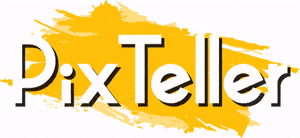4 Ways to Grow Traffic for Your Design Portfolio Website

You’ve spent hours fine-tuning your portfolio—tweaking layouts, choosing just the right color palette, carefully selecting work that shows off your range. You hit publish. And then… silence.
No pings from clients. No new inquiries. Just a perfectly crafted site sitting in the dark.
This is the part no one talks about: creating the work is only half the job. Getting people to find it is the other half—and it’s often the harder one. Not because it’s complicated, but because designers aren’t usually taught how to market themselves.
The good news? Growing traffic isn’t about becoming an SEO wizard or posting nonstop on social media. It’s about understanding how people discover content online—and building in small, smart ways that help your portfolio show up when it matters most.
1. Build Authority with Backlinks from Trusted Sources

If your portfolio site isn’t showing up on Google, the issue might not be your design—it’s likely your site has low domain authority.
Search engines rank sites based on how trustworthy they appear. One of the key trust signals? Backlinks—links from other reputable websites pointing to yours. These act like votes of confidence. The more high-quality sites link to your portfolio, the more search engines see it as valuable and worth ranking.
For designers, this often means getting featured in design blogs, curated showcases, or professional interviews. These aren’t just good for exposure—they directly impact how easily your site gets discovered in search.
And experts like Outreach Monks do this job best. They specialize in helping creatives earn backlinks from reputable sources that matter to your niche. Instead of chasing random mentions, you’re building visibility in places where potential clients and collaborators already hang out.
2. Create SEO-Optimized Blog Content That Supports Your Niche
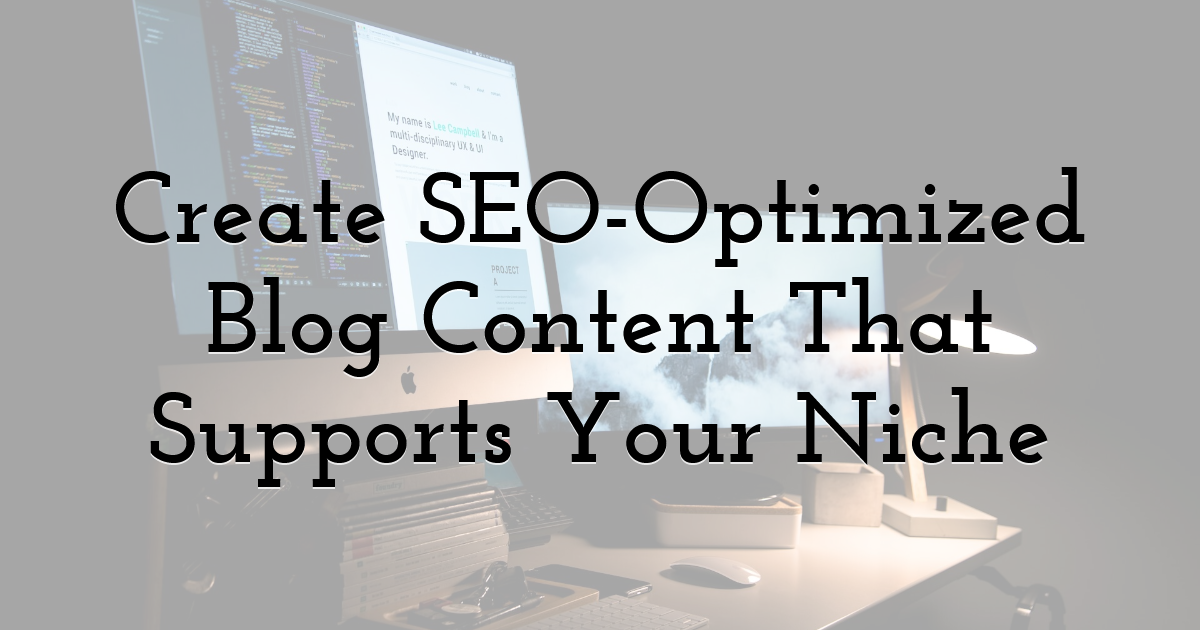
Your portfolio showcases what you’ve done. A blog shows how you think—and more importantly, it gives search engines more content to index.
Design blogs that perform well tend to focus on one thing: solving problems. Writing about your creative process, explaining how you tackled a design challenge, or sharing a tutorial in your specialty area helps attract people actively searching for those topics.
To make it work for SEO:
- • Use specific keywords that your potential clients or employers might search (e.g., “UI redesign case study” or “accessible color palette tips”).
- • Structure posts properly using clear headings, short paragraphs, and internal links back to your portfolio pages.
- • Focus on long-tail topics rather than broad, high-competition terms. Targeting smaller, specific searches brings in more qualified traffic.
You don’t need to post weekly. Just a few high-quality, well-optimized articles can bring steady traffic to your site over time—especially if they align with the kind of work you want to be hired for.
You can also expand your reach by collaborating with other blogs through strategic blogger outreach, helping your content appear on platforms your audience already trusts.
3. Use Visual Search to Your Advantage
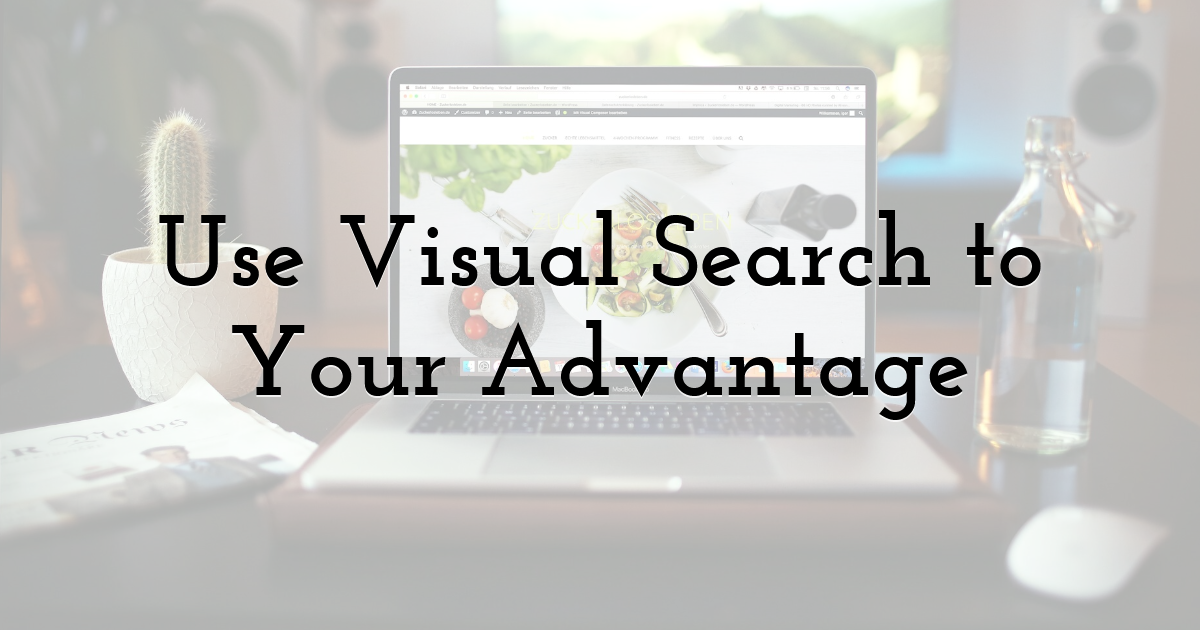
For designers, search isn’t just text-based—it’s visual. Platforms like Google Images, Pinterest, and even Behance rely on visual search algorithms to surface relevant content. If your images aren’t optimized, you’re missing a major opportunity.
Here’s how to make your visuals searchable:
- • Use descriptive file names before uploading (e.g., "minimal-ui-dashboard-design.png" instead of "IMG_0023.png").
- • Add alt text that clearly explains the image content using keywords tied to your niche.
- • Compress images without losing quality to ensure faster page load speeds, which also helps SEO.
- • Submit visuals to searchable platforms like Pinterest, Dribbble, and design directories—these often rank on Google faster than personal sites.
Strong visuals deserve visibility. Optimizing them for search helps bring traffic from people already looking for your style or skillset.
4. Submit Your Work to Curated Design Platforms

Design platforms don’t just showcase talent—they drive serious traffic.
Sites like Awwwards, Behance, Dribbble, and CSS Design Awards get massive daily visits from recruiters, agencies, and other designers. Getting featured—even once—can bring hundreds of qualified visitors to your portfolio.
But it’s not just about uploading anything. Curated platforms reward:
- • Strong presentation: Case studies with clear structure, visuals, and short descriptions perform better than image dumps.
- • Niche alignment: If your style fits a platform’s aesthetic (e.g., motion graphics on Dribbble, UX/UI on Awwwards), you’re more likely to be picked up.
- • Consistency: Regularly updating your profile keeps your work in circulation and improves platform visibility.
Submitting to the right platform also creates backlinks, boosts credibility, and shows you’re active in the design community—all without relying on SEO or ads.
Final Thoughts:
A strong portfolio is only half the equation. Getting eyes on it requires consistent, strategic effort—from technical SEO to visual platforms and social proof. You don’t need to be everywhere—but showing up in the right places, with the right signals, can turn passive visitors into real opportunities.
Until next time, Be creative! - Pix'sTory
Recommended posts
-

Level Up Your Design Career: What You Need to Know in 2025
Read More › -
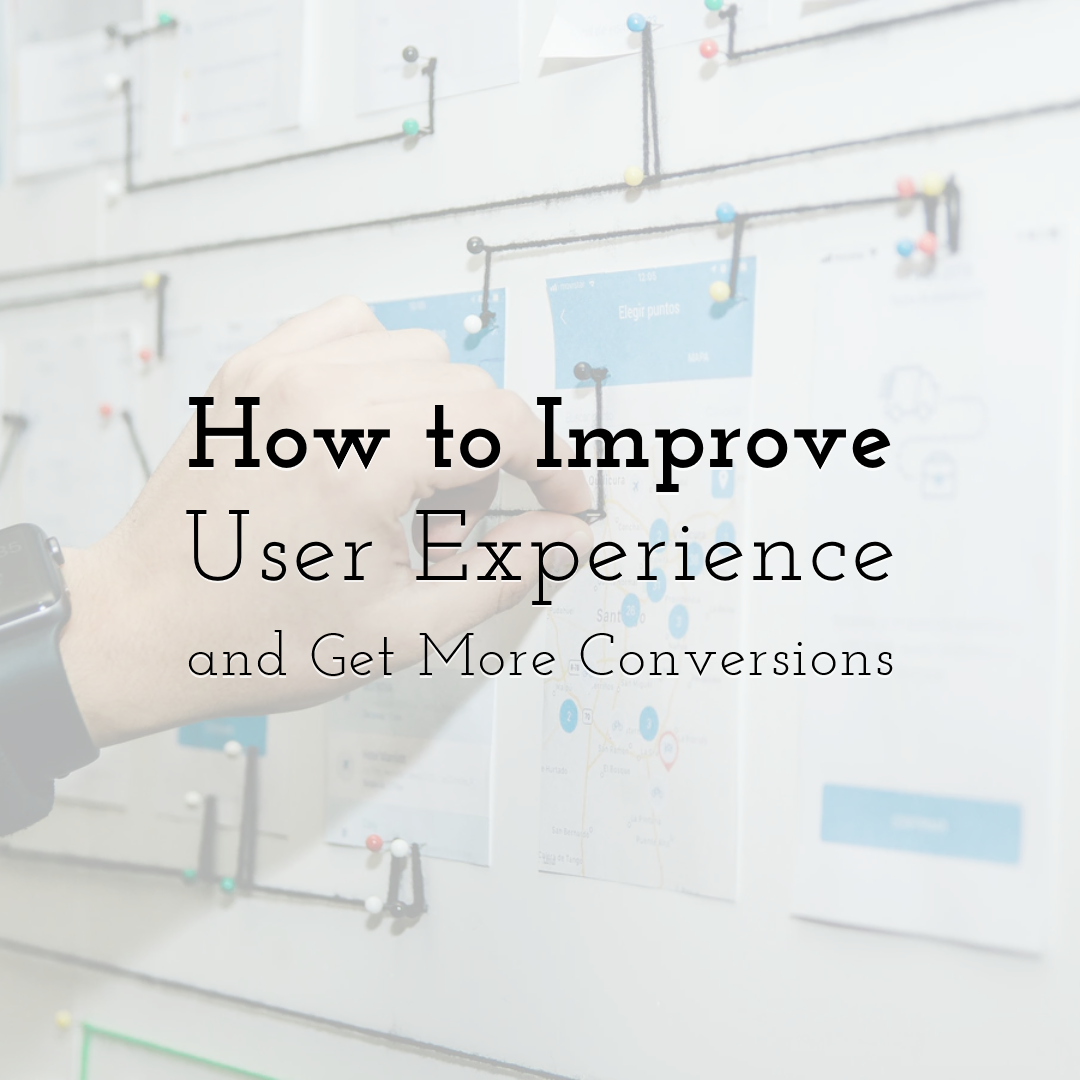
How to Improve User Experience and Get More Conversions
Read More › -

How Advancements in Technology Impact the Graphic Design Industry
Read More › -

6 Photoshop Alternative Tools to Edit Photos
Read More › -

Which is Better? Screen Printing or Digital Printing
Read More › -
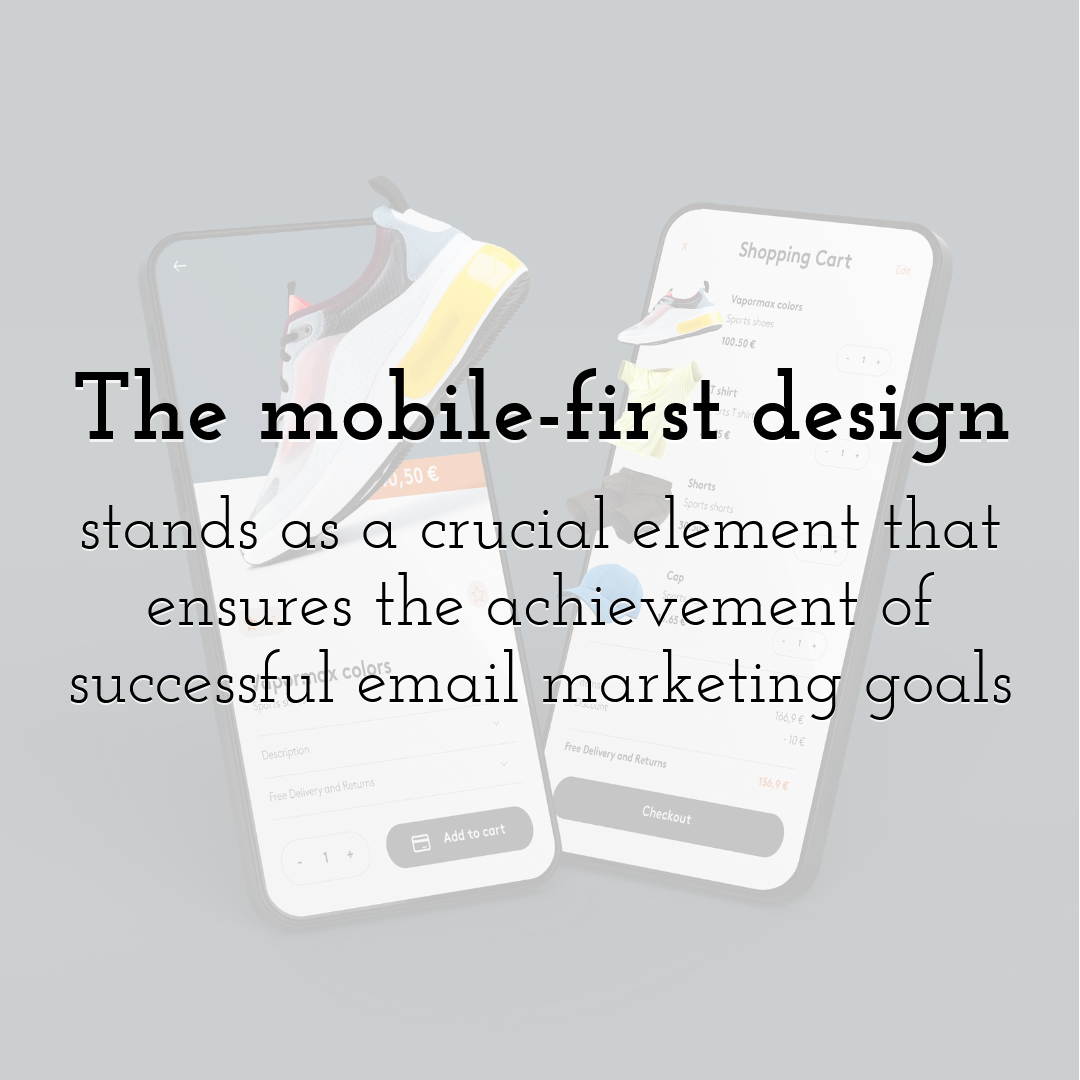
The mobile-first design stands as a crucial element that ensures the achi...
Read More ›
